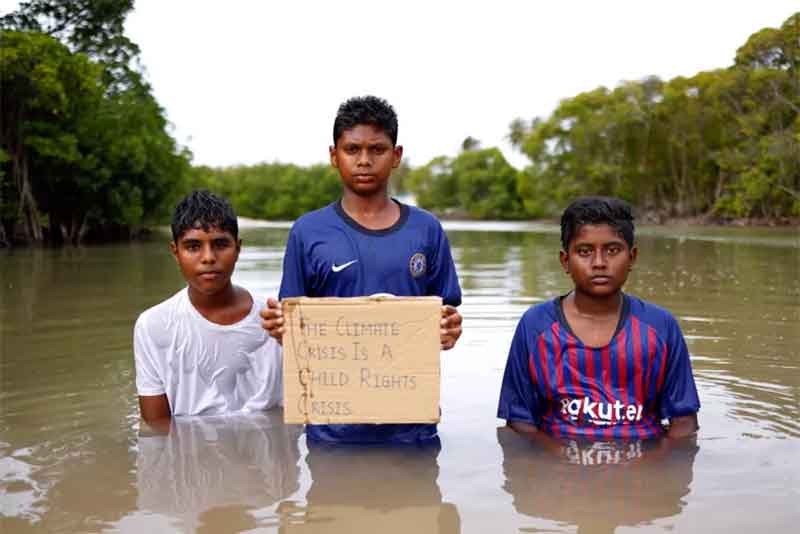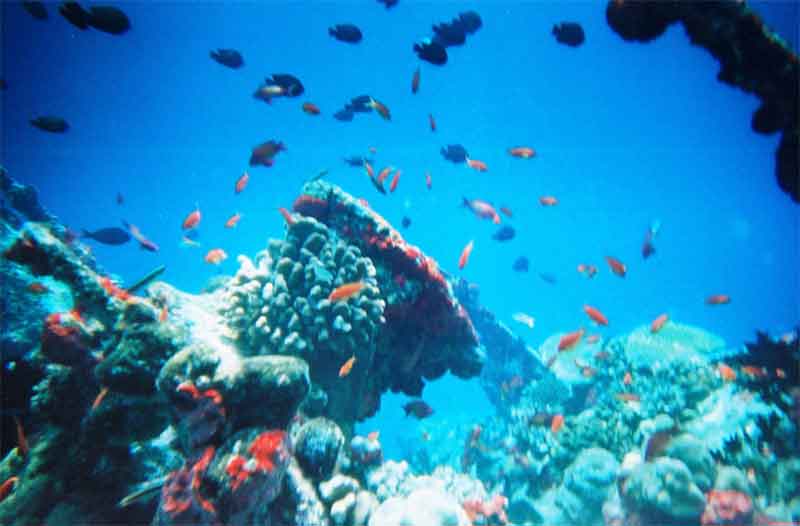
NICE – As the sun sets on the third United Nations Ocean Conference in Nice, there is much to celebrate, but also much unfinished business for the world to address at the UN Climate Change Conference (COP30) in Belém, Brazil, later this year.
Against a backdrop of global uncertainty and questions about whether multilateral processes can still deliver, the countries represented in Nice were largely united on the need for a more ambitious response to the challenges facing our ocean. But this was only the first leg of the journey. To protect this life-preserving global commons in time, much more must be done ahead of COP30.
Among the outcomes to celebrate, the High Seas Treaty has made remarkable progress. With 19 countries ratifying it in Nice, and another dozen committing to do so, we are now on course to make this landmark global agreement operational by the start of 2026, enabling the creation of marine protected areas on the high seas. That will plug an enormous hole in ocean governance.
Achieving the goal of protecting at least 30% of the world’s ocean by 2030 is not possible without setting aside large areas of the vast high seas – an area representing two-thirds of the ocean and half our planet’s surface. Establishing effective marine protection is especially urgent in the polar regions, which are on the front line of the climate crisis. The situation in the Southern Ocean is dire, demanding immediate action to advance long-stalled proposals for marine protected areas. Such protections will both safeguard the ocean’s ability to help mitigate climate change (by absorbing carbon) and increase marine species’ resilience against warming temperatures (such as by removing pressures from overfishing).
In Nice, several countries also announced significant new marine protections in their national waters, with French Polynesia announcing what, at nearly five million square kilometers (1.9 million square miles), will be the world’s largest network of protected areas. And the conference delivered welcome progress toward combating plastic pollution and restricting the most harmful fishing practices.
But none of these milestones should be mistaken as a turning of the tide for ocean protection. Rather, each must be part of a broader shift: a rising tide of higher ambitions that still has further to go.
Consider what remains to be done. First, we are still falling woefully short in designating and enforcing marine protection. Even after Nice, only 10% of the ocean is now protected in some fashion. That is a long way from the 30% we need to protect by the end of the decade. Worse, many protected areas are protected in name only. For example, many hoped that an environmental champion like France would have announced a strict ban on bottom trawling in its protected areas. Still, there is time for more countries to set an example, including at COP30.
Second, dollars still count. There remains a big gap between what has been pledged and what has been delivered. Globally, only $1.2 billion annually is going toward ocean protection, less than 10% of what is needed, even when studies show that protecting 30% of the ocean by 2030 could unlock $85 billion annually by 2050. In fact, redirecting the money allocated to harmful fishing subsidies in just ten countries would plug the financing gap for ocean protection. Government spending must rehabilitate, not debilitate, this critical resource.
Third, the silence in Nice on ending our fossil-fuel addiction was deafening. Although the world committed two years ago, at COP28 in Dubai, to “transition away” from fossil fuels, this issue seems to be relitigated at every multilateral convening. With the climate crisis providing an existential threat to all life on our blue planet, new unmitigated offshore oil and gas development is antithetical to all our stated goals. Still, one bright spot was the Blue NDC Challenge – launched by Brazil and France and supported by eight inaugural countries – which is pushing for ocean-based measures to be included in national climate plans.
The Nice conference must become a springboard for greater ocean action in Belém. COP30 is the ideal platform to announce new marine protections and financing for conservation efforts in developing countries, and for resilience-building in vulnerable island and coastal countries.
As the COP30 president and a coastal country itself, Brazil has the opportunity to use the momentum generated in Nice to integrate the world’s response to our connected climate and ocean crises. We have a choice. We can be the generation that turned ambition into action, or we can let our most important global commons collapse irretrievably. The ocean cannot wait. COP30 must deliver.
Subscribe to Our Newsletter
Get the latest CounterCurrents updates delivered straight to your inbox.
John F. Kerry is a former US secretary of state and special presidential envoy for climate.
Copyright: Project Syndicate, 2025.
www.project-syndicate.org














































